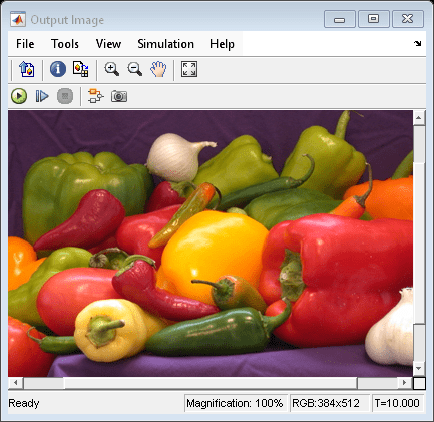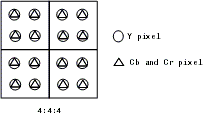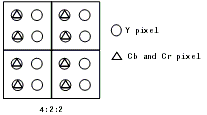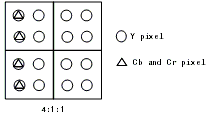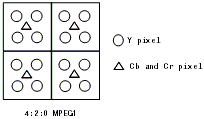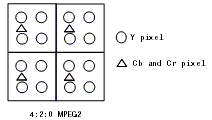Chroma Resampling
Downsample or upsample chrominance components of images
Libraries:
Computer Vision Toolbox /
Conversions
Description
The Chroma Resampling block resamples the chrominance components of an input image. Chroma resampling consists of these operations:
Downsample — Reduces the bandwidth required for transmission or storage of a signal. You can prevent aliasing by applying a lowpass filter to bandlimit the input signal.
Upsample — Expands the bandwidth of the signal. This block performs interpolation to approximate the missing chrominance values.
Examples
Ports
Input
Output
Parameters
Block Characteristics
Data Types |
|
Multidimensional Signals |
|
Variable-Size Signals |
|
Algorithms
References
[1] Haskell, Barry G., Atul Puri, and Arun N. Netravali. Digital Video: An Introduction to MPEG-2. Digital Multimedia Standards Series. New York: Chapman & Hall : International Thomson Pub, 1997.
[2] Wang, Yao, Jörn Ostermann, and Ya-Qin Zhang. Video Processing and Communications. Prentice-Hall Signal Processing Series. Upper Saddle River, N.J: Prentice Hall, 2002.
Extended Capabilities
Version History
Introduced before R2006a

